Jerusalem’s Temple Mount, often called the “Noble Sanctuary” in Islamic tradition, is a place of profound spiritual significance for Jews, Christians, and Muslims. This holy site is known for its iconic Dome of the Rock and Al-Aqsa Mosque and its various historic gates that serve as gateways to centuries of religious and cultural heritage.
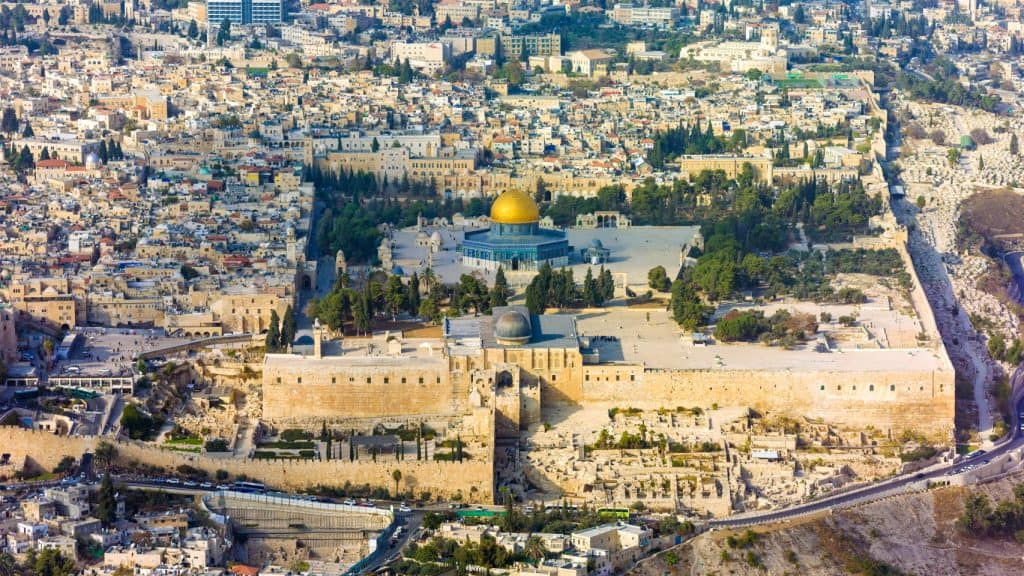
The Gate of the Tribes
The Gate of the Tribes stands at the northeastern corner of the compound. Its name pays homage to the Twelve Tribes of Israel, who journeyed from Egypt to the Holy Land, seeking the Promised Land. This gate is situated east of the compound’s shorter northern side. Beyond the gate, a road leads to the Lions’ Gate within the Old City, also known as St. Stephen’s Gate.
Dome of the Chain
Gate of Remission
Situated on the northern side, the Gate of Remission is one of the most ancient entrances within the Al-Aqsa compound. It serves as the primary gateway for visitors approaching from the northern reaches of Jerusalem.
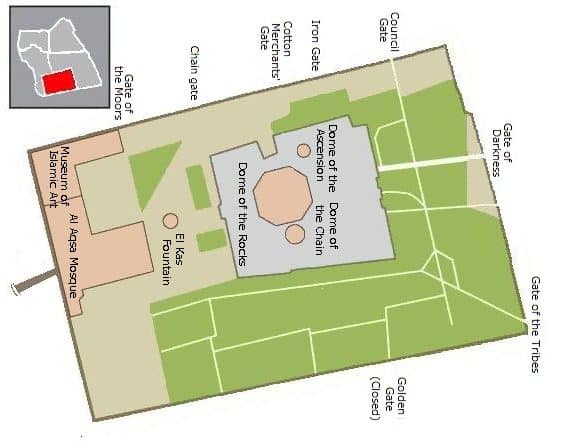
Gate of Darkness
The Gate of Darkness, one of the trio of gates situated on the northern side, has been alternatively referred to as King Faisal’s Gate. This gate stands at a height of four meters and features a graceful arched roof. Over time, it has undergone several renovations, with notable restorations occurring around 1213 during the reign of Ayyubid King al-Mu’azzam Isa and another around 1930 under the patronage of King Faisal of Saudi Arabia.
The Council Gate
The Council Gate, also known as the Inspector’s Gate, is located on the northern side of the western Temple Mount wall.
The Iron Gate
The Iron Gate is situated on the western side, marking the terminus of Bab al-Hadid Street and nestled within the Muslim Quarter. Before passing through this gate, visitors can explore an uncovered and connected segment of the historic Temple Mount wall, affectionately known as the Little Western Wall by locals.
The Cotton Merchants’ Gate
The Cotton Merchants’ Gate is an entrance to the revered Temple Mount. Its construction can be attributed to Tankiz, the ruler of Damascus, during the reign of Mamluk Sultan ibn Qalawun, a fact commemorated by an inscription above the doorway. Given its proximity to the Foundation Stone, this site became a cherished location for prayer among Jews in the 19th century, allowing them to come close to the sacred area without stepping onto the mount itself.
The Ablution Gate
The Ablution Gate took on a rectangular form and underwent restoration during the rule of Mamluk Prince Alaa al-Din al-Busairi in 1266 CE. Unlike the other gates, this one does not open onto the bustling streets and alleys of the Old City but rather onto a private road.
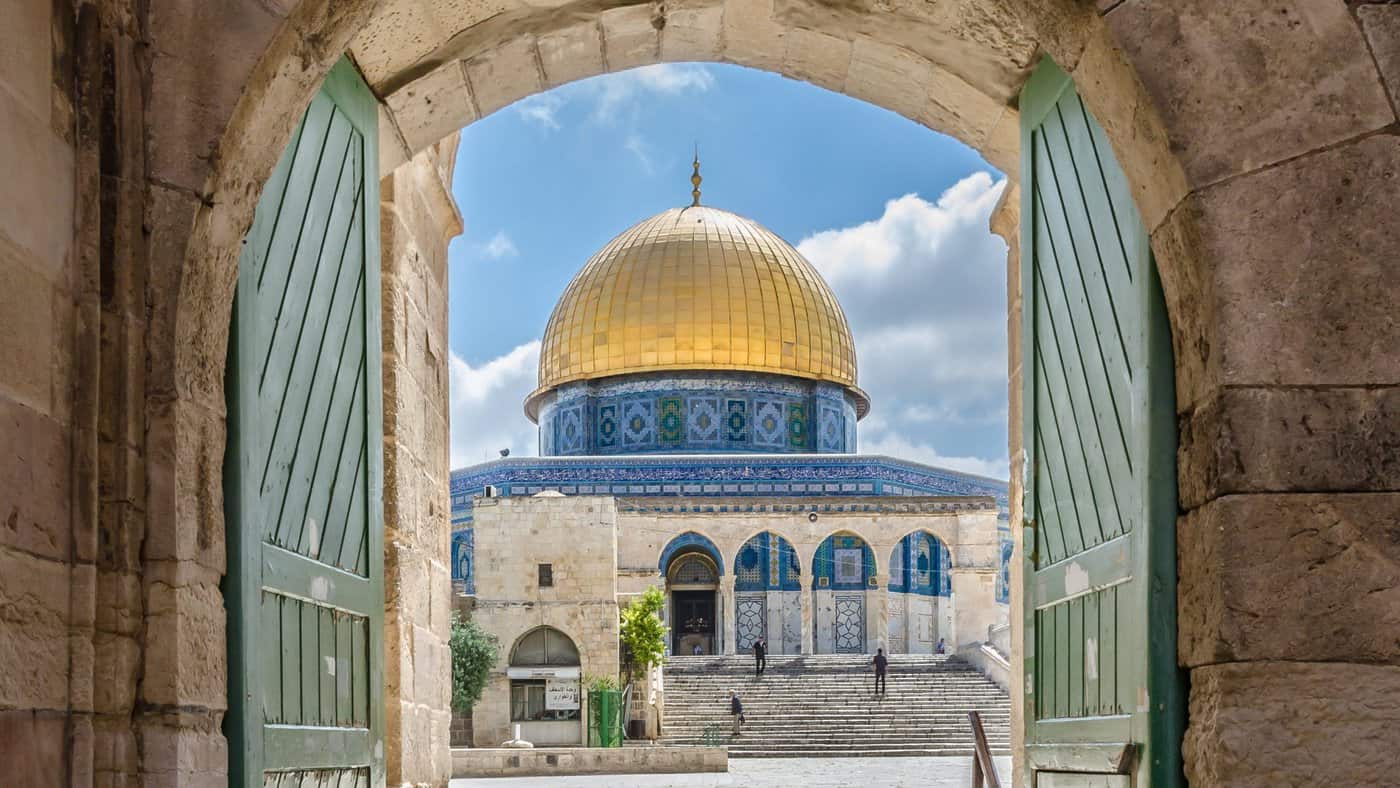
The Chain Gate
The Chain Gate is located on the western flank. Though not without dispute, some think this was the Kipunos (Coponius) Gate site, which existed during the Second Temple period.
The Moors’ Gate
The Moors’ Gate, situated directly above the Herodian-era gate referred to as the Gate of the Prophet (also recognized as Barclay’s Gate, in honor of James Turner Barclay), is thought to have been originally constructed during the Ayyubid period. It underwent subsequent renovations and was linked to the western part of the compound during the Mamluk era.
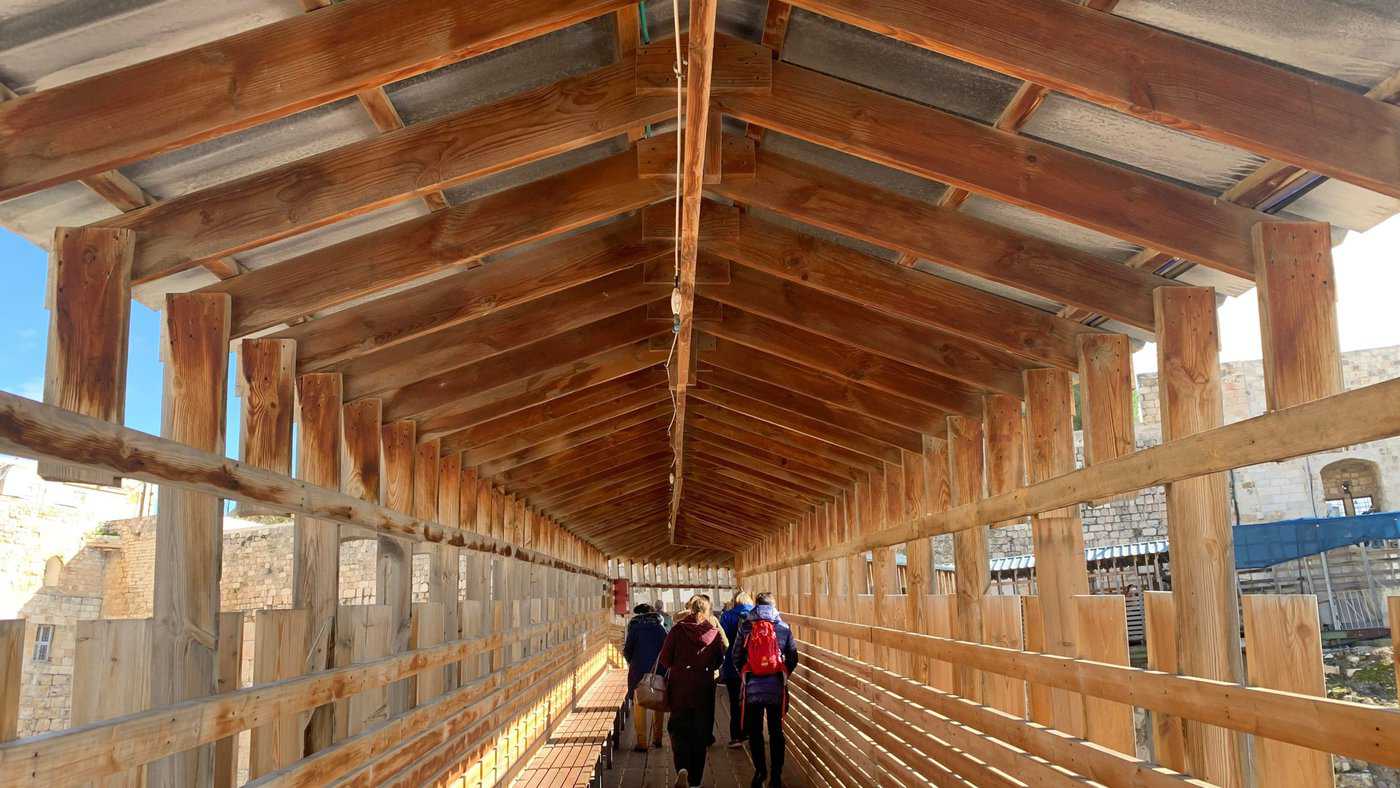
The gate’s construction aligns with the period when the Ayyubids allocated the quarter to North Africans and Moors from Andalusia. These inhabitants, who followed the Maliki school of thought, coexisted harmoniously in Jerusalem during this time.
Sealed Gates
The Golden Gate: The Golden Gate is a historic gateway located on the eastern wall of the Temple Mount. Its origins are subject to debate, with two prevailing theories about its construction. It is believed to have been built in the 520s CE as part of Justinian I’s construction efforts in Jerusalem, possibly atop the remains of an earlier gate.
The Golden Gate
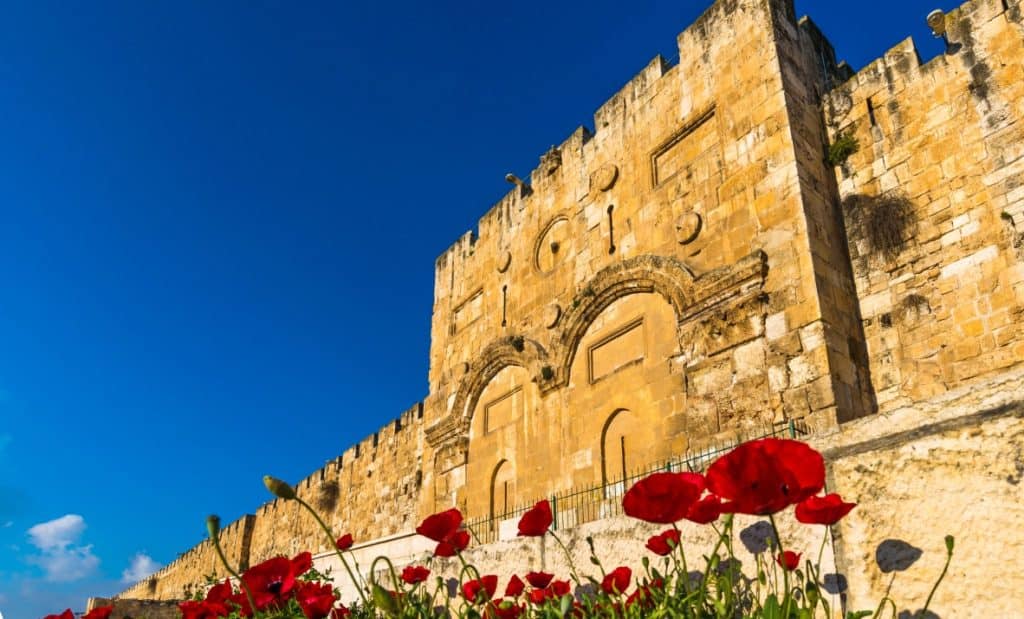
Barclay’s Gate: Barclay’s Gate can be found within the Al-Buraq Mosque, beneath the Moroccans’ Gate (Moors’ Gate). The gate owes its name to James Turner Barclay, a Christian missionary from the 19th century. In 1852, he made a remarkable discovery, unearthing the primary structure of this gate buried within the Al-Aqsa compound.
Hulda Gates: The Huldah Gates consist of two sets of gates sealed off within the southern wall of the Temple Mount. Josephus references these gates in his work Antiquities, where he writes about the southern front of the temple mount, noting that it had gates positioned within its center.
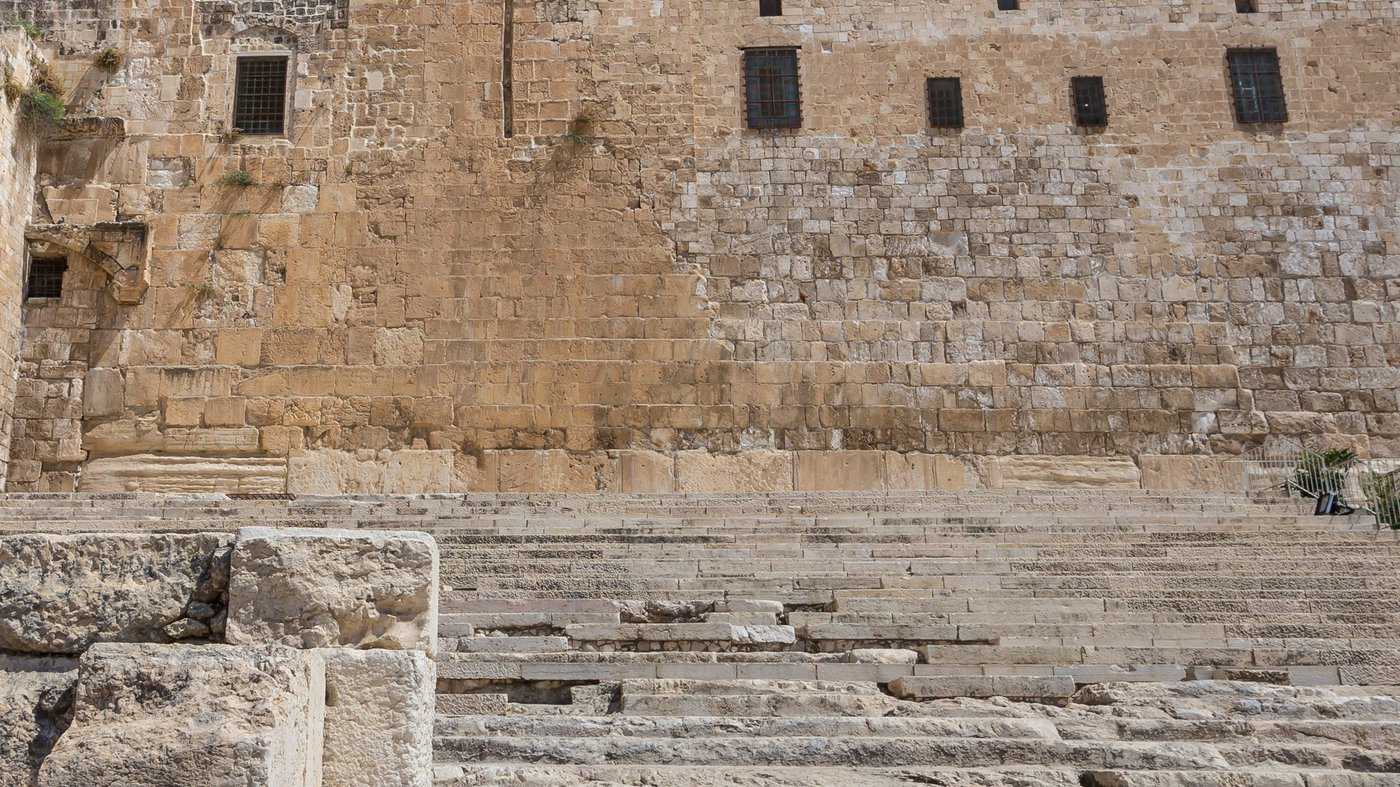
Conclusion:
So, the gates of the Temple Mount in Jerusalem are not merely entrances; they are symbolic bridges between the past and the present, linking diverse cultures, faiths, and histories. Last, each gate tells a story, and together, they serve as a testament to the enduring importance of this sacred site, where the echoes of centuries continue to resonate in the hearts of those who visit.

